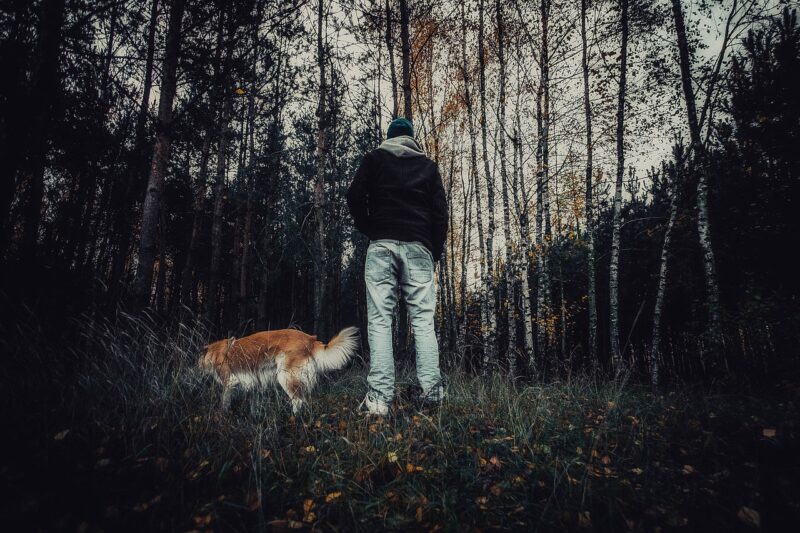The Most Iconic Scary Movies That Defined Each Decade in Cinema History
November 17, 2024

Horror films have long held a special place in the fabric of cinema, often serving as a reflection of societal fears and cultural shifts. From the silent-era classics to modern-day thrillers, each decade has stamped its mark on the horror genre, offering a distinct approach to fear and suspense. In this article, we’ll take a thrilling journey through time to explore the most iconic scary movies that defined each decade in cinema history.
1920s: The Birth of Horror – Nosferatu (1922)
The 1920s heralded the dawn of horror cinema. Among the earliest films to characterize the horror genre is F.W. Murnau’s ‘Nosferatu,’ an unauthorized adaptation of Bram Stoker’s ‘Dracula.’ With its eerie atmosphere, haunting cinematography, and the unforgettable performance by Max Schreck as Count Orlok, this silent film set the template for countless vampire stories that would follow. It brilliantly harnessed the power of shadows and expressionistic visuals, establishing cinematic techniques that are still revered today.
1930s: The Universal Monsters – Frankenstein (1931)
The 1930s introduced audiences to the idea of the Universal Monsters, a series of films that would become synonymous with classic horror. 1931’s ‘Frankenstein,’ directed by James Whale, featured Boris Karloff as the creature in a gripping portrayal of humanity and monstrosity. The film’s exploration of the man-made horror and its moral implications struck a chord with audiences, cementing its status as a cornerstone of horror cinema in the decade. It brought authenticity to the horror genre, intertwined with potent themes of scientific hubris and fear of the unknown.
1940s: The Rise of Psychological Horror – Cat People (1942)
As the world recovered from the turmoil of World War II, horror began to shift away from the overt monster motifs and ventured into psychological depth. Jacques Tourneur’s ‘Cat People’ delves into themes of jealousy and sexuality through its chilling narrative about a woman who fears she might become a killer. The film’s innovative use of shadows and suggestion over gore influenced the psychological horror subgenre profoundly. It emphasized the terror lurking within the human psyche, laying the groundwork for many future psychological thrillers.
1950s: The Atomic Age – Godzilla (1954)
The 1950s saw horror intertwining with the anxieties of the Atomic Age. Ishirō Honda’s ‘Godzilla’ epitomized these fears, depicting a monster awakened by nuclear testing. The film was not merely a spectacle but a potent allegory for the fear of destruction stemming from humanity’s scientific advancements. Godzilla’s mass destruction paralleled the dread that permeated society during this era, establishing itself as a revered classic not just in Japan but worldwide.
1960s: The Birth of Modern Horror – Psycho (1960)
Alfred Hitchcock’s ‘Psycho’ redefined the horror genre in the 1960s. Famed for its shocking plot twists, especially the infamous shower scene, ‘Psycho’ introduced audiences to the character of Norman Bates, played masterfully by Anthony Perkins. With its blend of psychological tension, voyeuristic themes, and shocking violence, ‘Psycho’ laid the foundation for modern horror films and thrillers, proving that fear could stem from familiar environments and complex human psychology.
1970s: The Golden Era of Horror – The Exorcist (1973)
The 1970s ushered in a golden era for horror, with films that combined social commentary and genuine terror. William Friedkin’s ‘The Exorcist’ became a cultural phenomenon and one of the most terrifying films of all time. Drawing from themes of religion, innocence, and the battle between good and evil, this movie pushed the boundaries of horror and morality, leading to significant conversations about faith and possession. Its impact on popular culture—manifested in parodies, references, and fear—left an indelible mark on the genre.
1980s: The Slasher Boom – Halloween (1978)
Though technically released at the tail end of the 1970s, John Carpenter’s ‘Halloween’ cemented the structure of slasher films that dominated the 1980s. The film introduced the iconic character of Michael Myers and foreshadowed the era’s reliance on jump scares, masked killers, and a teenage demographic. Its influence can be seen in numerous films throughout the decade, inspiring countless sequels and imitators, with funny and horrific elements intertwined that established a beloved cult following.
1990s: The Rise of Self-Aware Horror – Scream (1996)
Wes Craven’s ‘Scream’ emerged in the mid-1990s as a meta-commentary on the horror genre itself. With self-aware characters who discussed horror movie tropes while being hunted by a masked killer, ‘Scream’ blended humor with horror, revitalizing the genre for a new generation. Its reflexive approach to slasher films not only reinvigorated interest in horror but also led to many sequels and similar films that blurred the lines between genres, revealing how the audience’s awareness could be integral to building suspense.
2000s: The Revival of Psychological Horror – The ring (2002)
The 2000s reignited a fascination with psychological horror, evidenced by horror films like ‘The Ring,’ an American remake of the Japanese film ‘Ringu.’ The movie’s unsettling atmosphere and themes of media-induced horror redefined fear for a new era dominated by the Internet and technology. ‘The Ring’ not only offered jump scares but also invoked a sense of dread tied to the implications of technology and communication. It appreciated the unseen, emphasizing tension through atmosphere and minimalism.
2010s: The Birth of Elevated Horror – Get Out (2017)
Jordan Peele’s ‘Get Out’ marked a significant turning point in the horror landscape. Often termed as ‘elevated horror,’ it blended genuine societal commentary on race and identity with suspense and horror. The film’s innovative narrative and psychological depth broke traditional horror molds, garnering critical acclaim and sparking discourse about representation in genre cinema. Its success showcased that horror could tackle profound themes while delivering chills, paving the way for future horror films that drive audience engagement beyond mere scares.
Conclusion
As we traverse through the decades, it becomes evident that horror films are reflective of not only their eras but also of the human condition. Each of these iconic films has left a lasting impact, inviting audiences to confront their fears while challenging the conventions of storytelling. The horror genre will continue to evolve, reflecting the societal anxieties and existential dread of future generations, much as it has for the last century.
Prepare for the next chapter in horror cinema, as it promises to take us into a future replete with ever-evolving fears and innovations.






